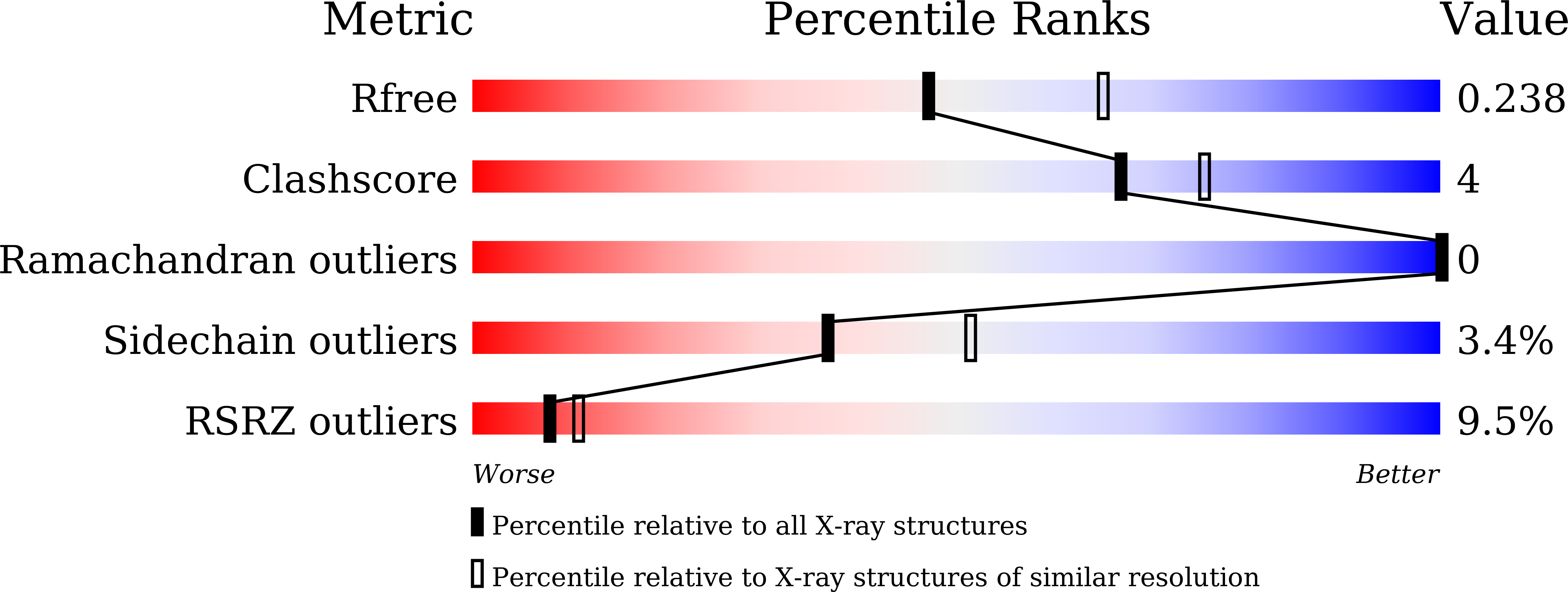
Deposition Date
2023-05-17
Release Date
2023-08-23
Last Version Date
2023-10-04
Entry Detail
PDB ID:
8JFC
Keywords:
Title:
V1/S quadruple mutant Plasmodium falciparum dihydrofolate reductase-thymidylate synthase (PfDHFR-TS) complexed with compound 6 (B21591), NADPH and dUMP
Biological Source:
Source Organism:
Plasmodium falciparum (Taxon ID: 5833)
Host Organism:
Method Details:
Experimental Method:
Resolution:
2.30 Å
R-Value Free:
0.23
R-Value Work:
0.18
R-Value Observed:
0.19
Space Group:
P 21 21 21


